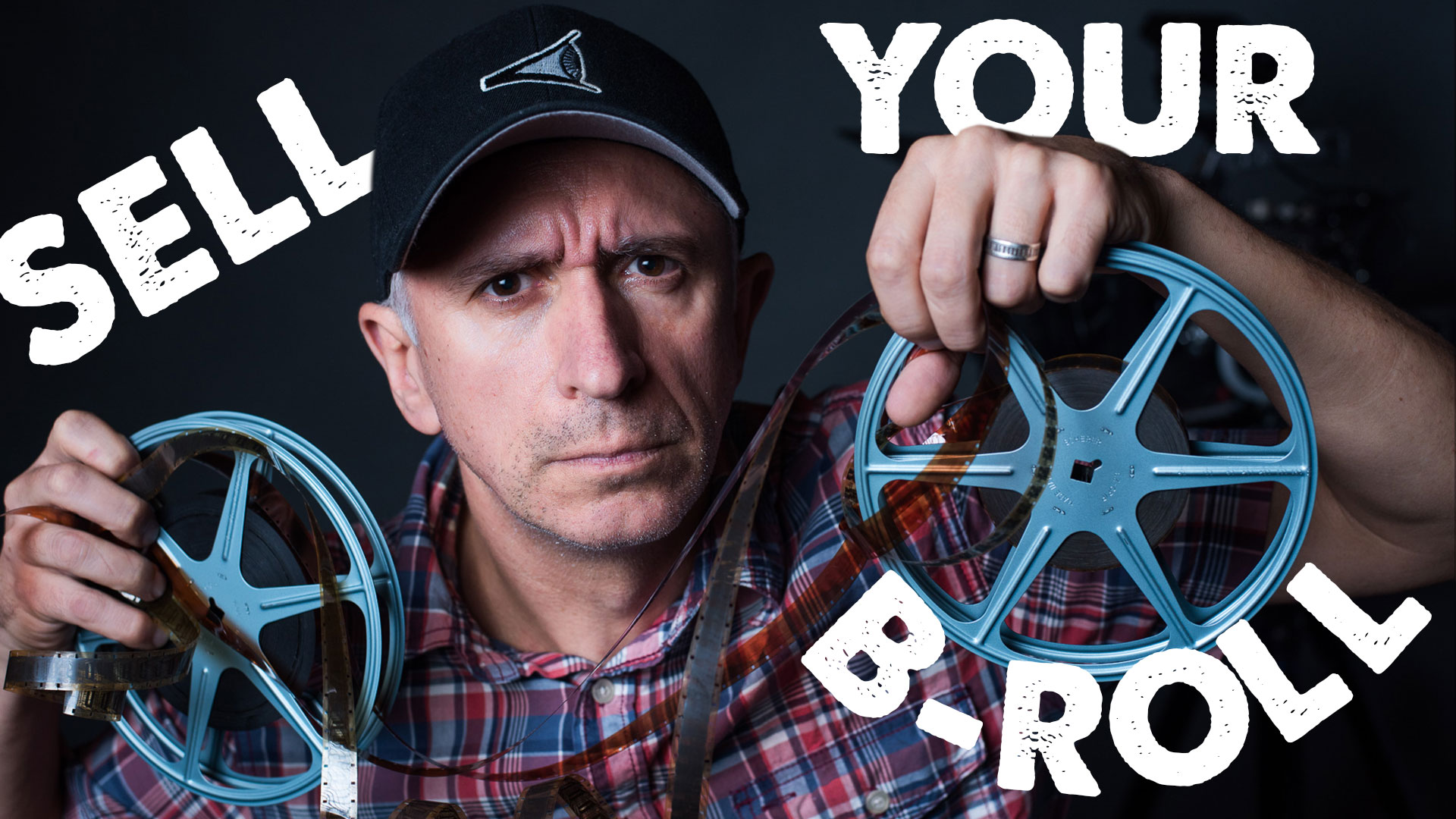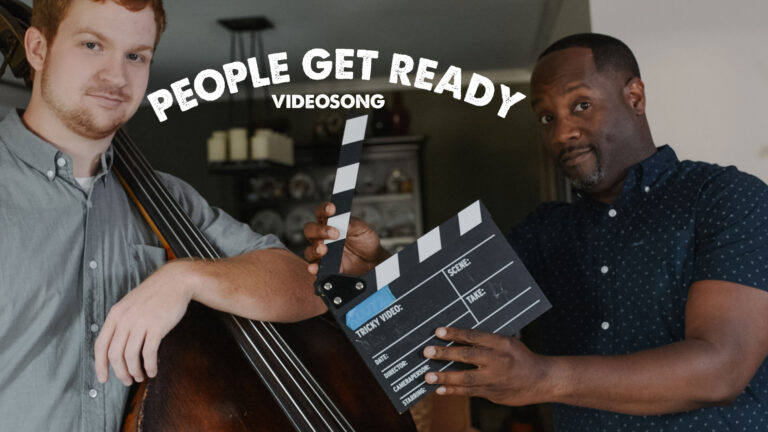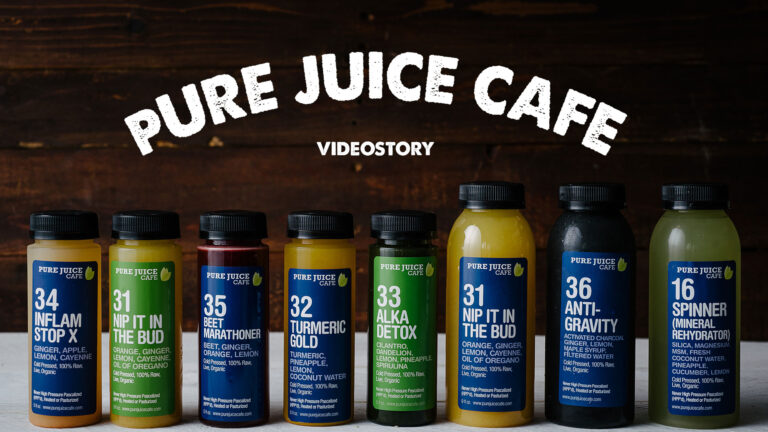You’ve just wrapped up an amazing film or documentary, commercial, or music video. Good for you! Tell me if I’m wrong, but you’re left with about 75-80% extra footage that never made the cut and it’s taking up space on a hard drive.
Guess what! That footage could very well be making you some extra cash just like it does for my stock media portfolio here! So read on, I’ve got some good news coming your way with some insider knowledge on how to sell your b-roll as stock video.
B What?
Let’s clarify the term first. B-Roll is a cine jargon for any footage that is not fundamentally supporting the main spine of the story. B-Roll is NOT the key shots that define a turn of events in the narrative. Can be categorized as transition shots, cutaways, simply auxiliary footage that’s supporting the main (A-roll) shots. Never heard of A-roll? Neither did I. The term isn’t used anymore as it fell out of favour among cinematographers. Go figure.
What is Stock Footage?
While working on a project, did it ever happened to you to realize that you missed a certain shot? Of course, it did! Or am I the only one who arrives home after a full day filming to discover that I forgot certain shots? Well, it isn’t all lost. Chances are that for a way cheaper price than paying the crew again, or models, locations, etc., you can in fact purchase a similar clip you had in mind from a stock agency at only a fraction of the price. For instance, you might need a clip of a girl practising her cello, or a boy doing his homework, or a girl practising her soccer skills? Chances are that you will find what you need on stock agencies. Editors feed on stock media content.
Prepping Your B-Roll To Submit As Stock Video
There’s a little housekeeping to be done before you drop everything and start to sell your b-roll as stock video. As with everything, you want to slowly but steadily build a library that holds the best of your work and will stand out among the others. You can in fact go out an intentionally shoot stock footage. In fact, veteran stock content creators are planing whole shoots, sets, just to film footage that’s intended to be sold as stock. Here are a few things to keep in mind:
- Film unique and trendy subjects. There are subjects that are overdone and the market is saturated with them. Or if you decide to film something that’s been done before, ad an interesting twist to it so it’ll stand out from the crowd.
- Trim clips to only the region of interest. Lose the fat. Trim only the part from a clip that is free of camera shakes, blurred focus, awkward moments, visible logos, etc.
- Recognizable people. if your footage happens to have recognizable people, you will need to have signed Artist Releases from them. You want to cover yourself for any possible liability issues. And of course, the agency won’t even accept footage with people without an artist release unless it’s for editorial use.
- Property Releases. If you happen to film in a location such as a unique home, museum, town square, or any other ticketed venue, you will need a property release. There are certain places that cannot be filmed and sold commercially as stock without property releases.
- Visible trademarks. A major aspect of stock media is that it cannot feature recognizable trademarks, like logos, trade dress, like the Coke bottle, or the VANS shoe patterns, the 3 lines of Adidas, or anything that might be protected by international trademark laws. Here’s how to remove signs and logos from your footage.
Where to Sell Your B-Roll as Stock Video?
Here we go. I thought of three main agencies and one favourite of mine. Neither of them is perfect but they each have an aspect that might appeal to you at this point in time for your video content production.
Pond5
I would recommend Pond5 for anyone starting or at least wanting to test the waters of selling stock media. They feature anything from footage to music, images, After Effects templates, overlays, etc. You will be able to set your own pricing, which takes a while to get used to, especially for new-comers who don’t know how to gauge their work. But also gives you the freedom to play with the price in a competitive way.
You will receive a 40% share if you sell non-exclusive (meaning you can sell the same media on other stock agencies), or a 60% share if you will sell exclusively your stock media only on Pond5. It’s a per shoot contract and means that you as an artist can still sell other stuff on other agencies.
Storyblocks
Having a completely different share system compared to other typical stock agencies, Storyblocks stands out because it is based on client subscription. Your pay is strictly dependent on the performance of your portfolio. The more downloads you have, the more pay you get relative to other contributors. It is a scalable earnings system that will grow exponentially with the growth of the entire Storyblock library. The system is designed to encourage you to produce and upload a lot.
Adobe Stock
Adobe stock has a big audience and it can be a great fit if you already have a portfolio and you want to receive some exposure for your work. But also can be hard to climb the ladder sometimes due to competition.
They offer 35% earnings on non-exclusive media. This agency is a decent place to get started to learn the ins and outs of selling stock media.
Stocksy United
And finally, we get to my favourite stock agency on Planet Earth, Stocksy United. First of all, because it is probably one of the most contributor-friendly agencies in existence. Stocksy United strives to support the contributors in a fair manner, receiving a well-deserved cut of their royalties. Stocksy pays 50% of royalties on standard licenses and 75% on extended ones. On top of that, Stocksy contributors receive annual profit-sharing returns based on the co-op’s surplus sales.
That is like Pond5 and Storyblocks added together!
Stocksy United Co-op
It is worth noting that Stocksy’s business model is unlike any other stock agency’s in the market. Typically at other agencies, the decisions and regulations come from the top down from a handful of people behind a closed door without any input from the contributors. At Stocksy that’s reversed so that major decisions are set in place by member resolutions and voting, making the process democratic and fair.
Stocksy United it’s NOT just another stop to sell your footage. It is a living organism that lives on the lifeline of its own members.
I hope this post will give you at least a little direction to sell your b-roll as stock video and receive fair pay in return. Stock media content creation an ongoing process, but your persistence and consistency will start to pay back.











